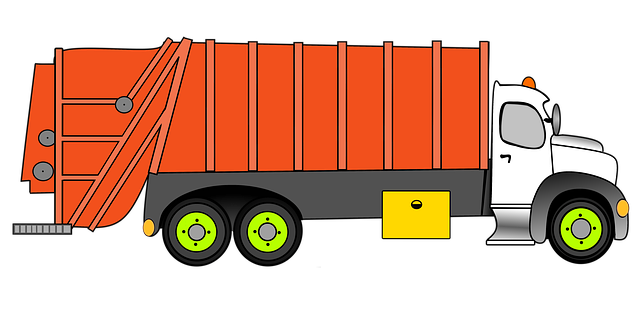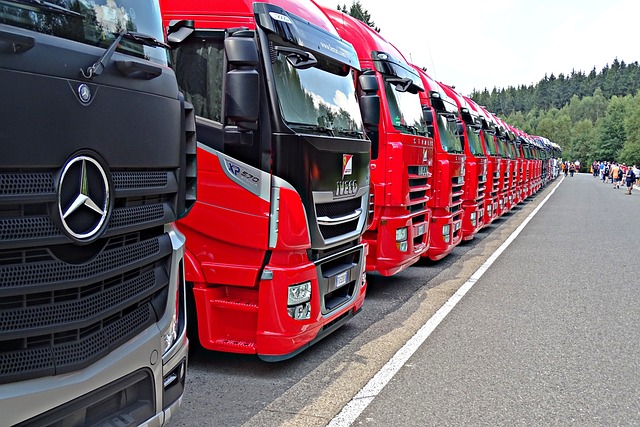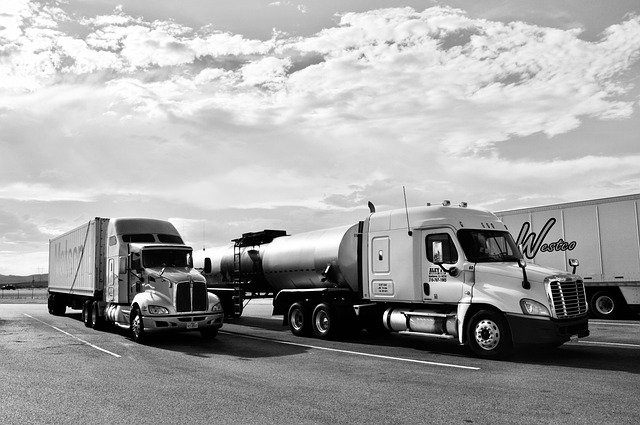Looking to register your car in California? This comprehensive guide walks you through every step, from understanding key requirements to securing your license plate. We’ll show you how to gather essential documents, navigate the DMV process, and even demonstrate proper VIN verification using official tools. By following these clear instructions, you’ll be on your way to a smooth, efficient car registration experience. Don’t forget to consult our tips for avoiding common pitfalls and ensuring compliance with California’s stringent regulations.
- Understand California Car Registration Requirements
- Gather Necessary Documents for Car Registration
- Visit Your Local DMV and Complete Application
- Perform VIN Verification Using Official Tools
- Pay Registration Fees and Receive Your License Plate
Understand California Car Registration Requirements

Before registering your car in California, it’s crucial to understand the state’s specific requirements. The California Department of Motor Vehicles (DMV) mandates that all vehicles operated within the state be properly registered and have a valid inspection certificate. This process involves several key steps, including verifying the vehicle’s unique identifier, known as the Vehicle Identification Number (VIN).
A vital component of this verification is utilizing a trusted VIN verifier, such as those offered by the DMV or third-party service providers. These tools enable you to conduct a comprehensive check on the vehicle’s history and ensure it meets California’s safety and emission standards. Whether you opt for a traditional in-person inspection or choose a convenient mobile VIN inspection, ensuring your car complies with these requirements is essential to avoid legal issues and maintain a smooth registration process.
Gather Necessary Documents for Car Registration

Before you begin the registration process, it’s crucial to gather all the essential documents required by the California Department of Motor Vehicles (DMV). One critical step is verifying the Vehicle Identification Number (VIN) using a trusted source like a mobile VIN verifier or checking it against official records. This ensures the vehicle’s history and authenticity, which is vital for safety and legal compliance.
You’ll need to present proof of ownership, typically through a certificate of sale or purchase agreement. Additionally, a current registration from another state, a title document (if applicable), and valid insurance papers are necessary. For out-of-state transfers, a mobile VIN inspection or verification service can streamline the process by providing instant access to detailed vehicle history reports, making navigation at the DMV smoother and more efficient.
Visit Your Local DMV and Complete Application

To begin the car registration process in California, start by visiting your local Department of Motor Vehicles (DMV) office. Bring all necessary documents, including proof of ownership, identification, and any applicable fees. At the DMV, you’ll need to complete a vehicle application form, which will require details such as your personal information, the vehicle’s make, model, year, and unique identifier—the Vehicle Identification Number (VIN). This VIN is crucial for accurate record-keeping and is also used by a DMV vin verifier to ensure the vehicle’s history is checked against any reported issues.
You may consider arranging a mobile vin inspection or utilizing a vin inspection service if you prefer not to visit the DMV in person, especially if you have a busy schedule. These options can provide convenience and flexibility while still ensuring your car’s registration is handled efficiently. Alternatively, some services offer mobile vin verification, allowing for an even more streamlined process right from the comfort of your home or office.
Perform VIN Verification Using Official Tools

To ensure your car’s registration process goes smoothly in California, performing a Vehicle Identification Number (VIN) verification using official tools is essential. The California Department of Motor Vehicles (DMV) offers various methods for this, including a dmv vin verifier. This service allows you to cross-reference the VIN with the manufacturer’s records to ensure the vehicle’s authenticity and history. It’s a crucial step in the registration process, especially when purchasing a used car.
Consider using a mobile vin verifier or mobile vin inspection tool for added convenience. These tools can provide real-time data and reports, making it easier to verify the VIN on-site. This option is particularly useful if you’re dealing with a private seller or facing any issues during the registration process. Keep in mind that an accurate VIN verification not only aids in preventing fraud but also ensures your car’s safety and compliance with California’s regulations.
Pay Registration Fees and Receive Your License Plate

After completing your vehicle’s registration application at the California DMV or through their online services, the next step is to pay the required fees. These fees vary based on your vehicle’s type and age, but typically include a base registration fee plus additional charges for emissions testing (if applicable). Once the payment is processed, you’ll receive confirmation of your transaction along with details about where and when to pick up your license plates.
Obtaining license plates is a crucial part of car registration in California. You can usually arrange this at the same time as your fee payment, either in-person at a DMV field office or by mail. Your license plates will feature your unique Vehicle Identification Number (VIN) for identification purposes. Even if you’ve conducted a successful mobile VIN verifier check or a vin inspection prior to registration, having physical license plates ensures proper vehicle recognition and facilitates smooth interactions with law enforcement and other official bodies.
Registering a car in California involves understanding specific requirements, gathering essential documents, and completing an application at your local DMV. After ensuring all necessary paperwork is in order, you’ll need to perform a VIN verification using official tools provided by the dmv vin verifier. Once your vehicle passes inspection, pay the required registration fees and receive your license plate, officially making your car roadworthy in California.
